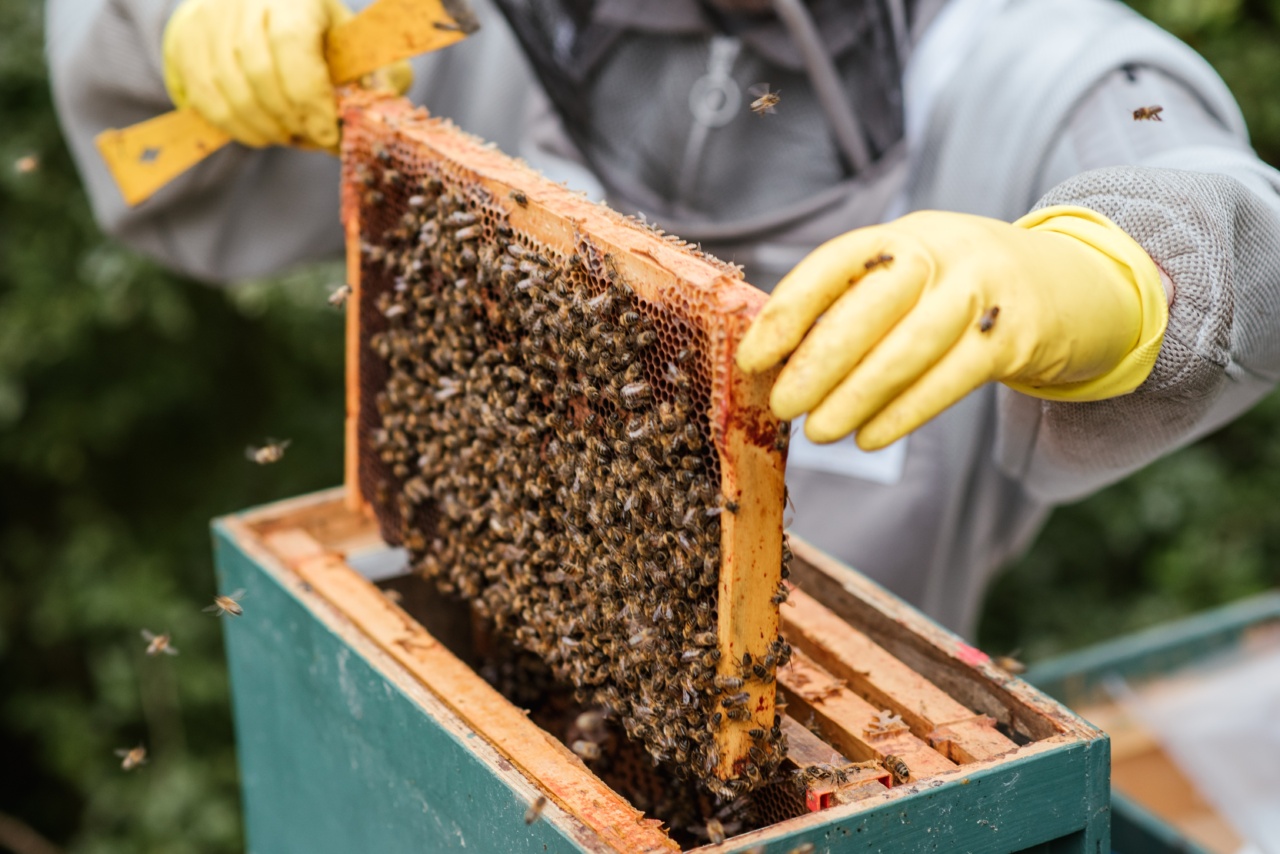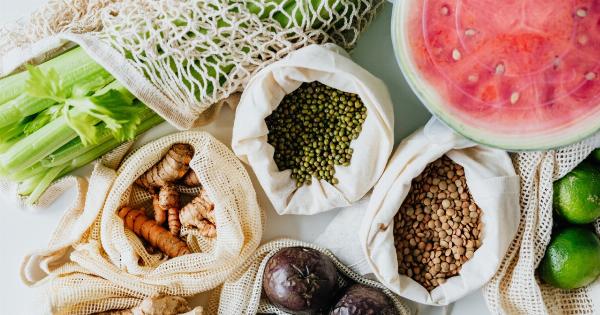Food safety is a crucial aspect of maintaining good health. Whether you are a home cook or a professional chef, understanding the principles and practices of food safety is essential to prevent foodborne illnesses.
In this comprehensive guide, we will explore everything you need to know about food safety, from proper storage and handling to cooking temperatures and preventing cross-contamination.
1. Why is Food Safety Important?
Food safety is important because it prevents the spread of foodborne illnesses. According to the World Health Organization (WHO), around 600 million people worldwide fall sick every year after consuming contaminated food, and 420,000 die as a result.
By following proper food safety measures, you can protect yourself, your loved ones, and your customers from harmful bacteria, viruses, parasites, and other contaminants found in food.
2. Personal Hygiene
One of the primary contributors to food contamination is poor personal hygiene. It is crucial to emphasize the importance of personal hygiene for anyone involved in food handling. Here are some essential personal hygiene practices:.
- Wash your hands thoroughly with soap and warm water for at least 20 seconds before and after handling food.
- Wear clean, protective clothing, such as aprons and hairnets, to prevent contamination.
- Avoid touching your face, hair, or any other body parts while preparing or serving food.
- Cover any open wounds or cuts with waterproof bandages and gloves.
3. Proper Food Storage
Proper storage of food helps maintain its quality and prevents the growth of harmful bacteria. Here are some key guidelines for food storage:.
- Store raw meats, poultry, and seafood on the bottom shelf of the refrigerator to prevent their juices from dripping onto other foods.
- Keep the refrigerator temperature at or below 4°C (40°F) and the freezer temperature at -18°C (0°F) or below.
- Use air-tight containers to store leftovers and ensure they are promptly refrigerated.
- Regularly inspect foods for expiration dates and dispose of any expired products.
4. Preventing Cross-Contamination
Cross-contamination occurs when harmful bacteria from one food item spread to another, contaminating it. To avoid cross-contamination:.
- Keep raw meats, poultry, seafood, and their juices separate from other foods, especially ready-to-eat items.
- Use separate cutting boards and utensils for raw and cooked foods.
- Wash cutting boards, utensils, and countertops with hot, soapy water after each use.
- Don’t reuse marinades that have come into contact with raw meats.
5. Safe Food Preparation Techniques
The proper preparation of food is essential to eliminate or reduce harmful bacteria. Here are some safe food preparation techniques:.
- Thaw frozen food in the refrigerator, under cold water, or in the microwave. Avoid thawing food at room temperature.
- Cook foods, especially meats, to their proper internal temperatures to kill bacteria. Use a food thermometer to ensure accuracy.
- Reheat leftovers to at least 75°C (165°F) to eliminate any potential bacteria that may have developed.
- Do not leave perishable foods, such as dairy and meats, at room temperature for more than 2 hours.
6. Food-Safe Cooking Temperatures
Proper cooking temperatures are critical in ensuring that food is safe to eat. Here are the recommended cooking temperatures for common food items:.
- Ground meats (e.g., beef, pork, veal, lamb): 71°C (160°F)
- Poultry (e.g., chicken, turkey): 74°C (165°F)
- Seafood: 63°C (145°F)
- Pork, veal, lamb (steaks, roasts, and chops): 63°C (145°F)
- Leftovers: 75°C (165°F)
7. Cleaning and Sanitizing
Proper cleaning and sanitizing of food contact surfaces is essential to prevent the growth and spread of harmful bacteria. Follow these steps:.
- Clean the surfaces with hot, soapy water to remove dirt and debris.
- Rinse thoroughly with clean water.
- Apply a sanitizing solution to kill any remaining bacteria, following the instructions on the product.
- Air-dry the surfaces or use disposable paper towels.
8. Food Recalls and Alerts
Stay informed about food recalls and alerts to ensure the safety of the food you consume. Government agencies and food manufacturers issue recalls and alerts to notify the public when a product is found to be contaminated or poses a health risk.
Follow the instructions provided and discard any affected products.
9. Common Food Safety Myths
There are several myths surrounding food safety that can lead to dangerous practices. Here are some common food safety myths debunked:.
- Myth: Washing chicken before cooking makes it safer. Fact: Washing chicken can spread bacteria around your kitchen. Cooking the chicken to the proper temperature is what makes it safe to eat.
- Myth: Food is safe to eat if it looks and smells fine. Fact: Harmful bacteria may not change the appearance or smell of food. Always follow proper storage, handling, and cooking techniques to ensure safety.
- Myth: Keeping food out at room temperature for a short time is harmless. Fact: Bacteria can quickly multiply at room temperature. Perishable foods should not be left out for more than 2 hours.
10. Conclusion
Food safety is crucial to prevent foodborne illnesses and ensure the well-being of yourself and others. By following proper personal hygiene, storage, handling, and cooking practices, you can reduce the risk of food contamination.
Stay informed and regularly update your knowledge about food safety to maintain a safe and healthy environment in your kitchen.





























